
Recently, many new Chinese brands, unfamiliar to domestic users, have entered the market. Manufacturers use the low-price, high-configuration strategy like Xiaomi used to attract customers. However, the market is different than 10 years ago. The cheap price and "huge" specifications are no longer as effective as before.
The Vietnamese mobile market is currently a playground for big brands that have invested seriously in communications and long-term sales networks. New players using short-term strategies will find it difficult to succeed.
Stirring up the low-cost segment
In the first half of the year, the low-cost segment of 2-5 million VND was stirred up by many new representatives from China. The ZTE Nubia, Tecno Pova or Meizu Lucky lines attracted attention, equipped with large batteries and strong configurations compared to the price.
“The new brand is clearly different in that it focuses on products with ‘good prices and high configurations’, in order to create initial attraction. Compared to familiar brands in Vietnam that have invested heavily in their brands and distribution systems, they choose a streamlined approach, optimizing costs to reach customers online and through selective retail channels,” Mr. Phan Nhu Thanh, Deputy Director of FPT Shop Phones, shared with Tri Thuc - Znews about how new brands penetrate the Vietnamese market.
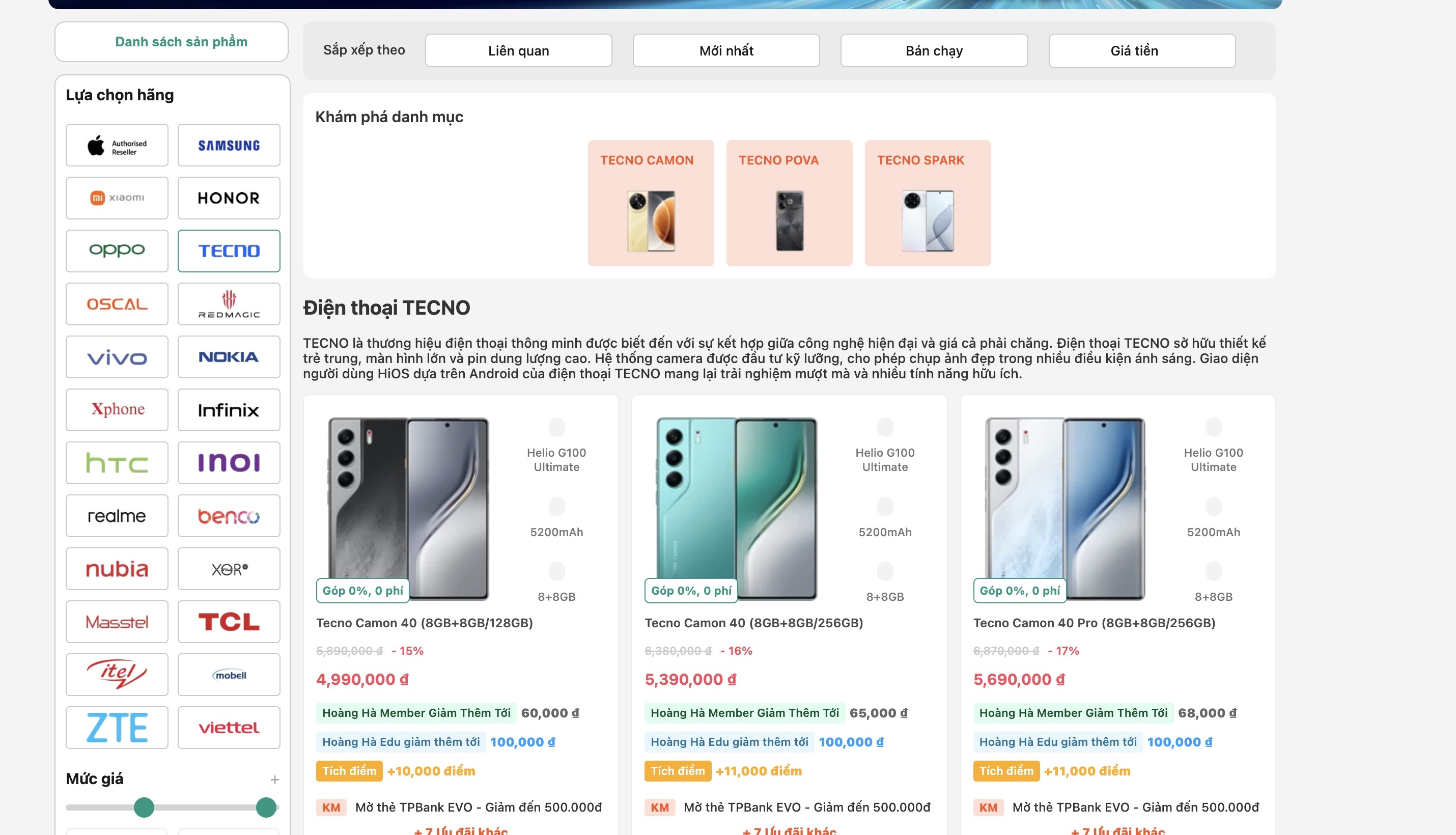 |
The shelves of dealers appear with many strange models, high configuration, low price. |
Compared to competitors from Oppo, Samsung or Xiaomi, the above models have many advantages, with prices about 10-20% cheaper. However, these are all Chinese brands, not famous, and relatively unfamiliar to domestic customers.
The company does not have clear communication campaigns or brand positioning, so users pay little attention to it. In addition, they distribute through online channels, mid-range dealers or traditional chains, which are not places where Vietnamese people buy phones a lot.
“These brands have low recognition, limited communication, and mainly depend on agency marketing channels. They also do not have systematic or large-scale operations,” said Ms. Hoang Tam, representative of Hoang Ha Mobile, a chain that sells many new Chinese phone models.
Despite their superior configuration, models from ZTE, Tecno or Meizu have not achieved outstanding sales. In this price range, the Redmi, Galaxy A0x, A1x or Oppo A series are much more popular. In the list of best-selling phones of domestic dealers, these models are often named.
It is difficult to win with only price advantage.
Xiaomi, a brand that penetrated the genuine market with a low-price strategy, also encountered many obstacles in the early stages. This company was famous before selling genuine products, and had a loyal user base. However, when it launched genuine imported products, it was rejected because they were not cheap enough compared to hand-carried products. Meanwhile, the manufacturer could not reach new customers because it was distributed through small dealers with little communication.
This company gradually shifted its strategy and localized better. Xiaomi entered the Mobile World chain, providing many exclusive products for this retailer, boosting sales rapidly. The company also hired celebrities to advertise and represent products to increase coverage.
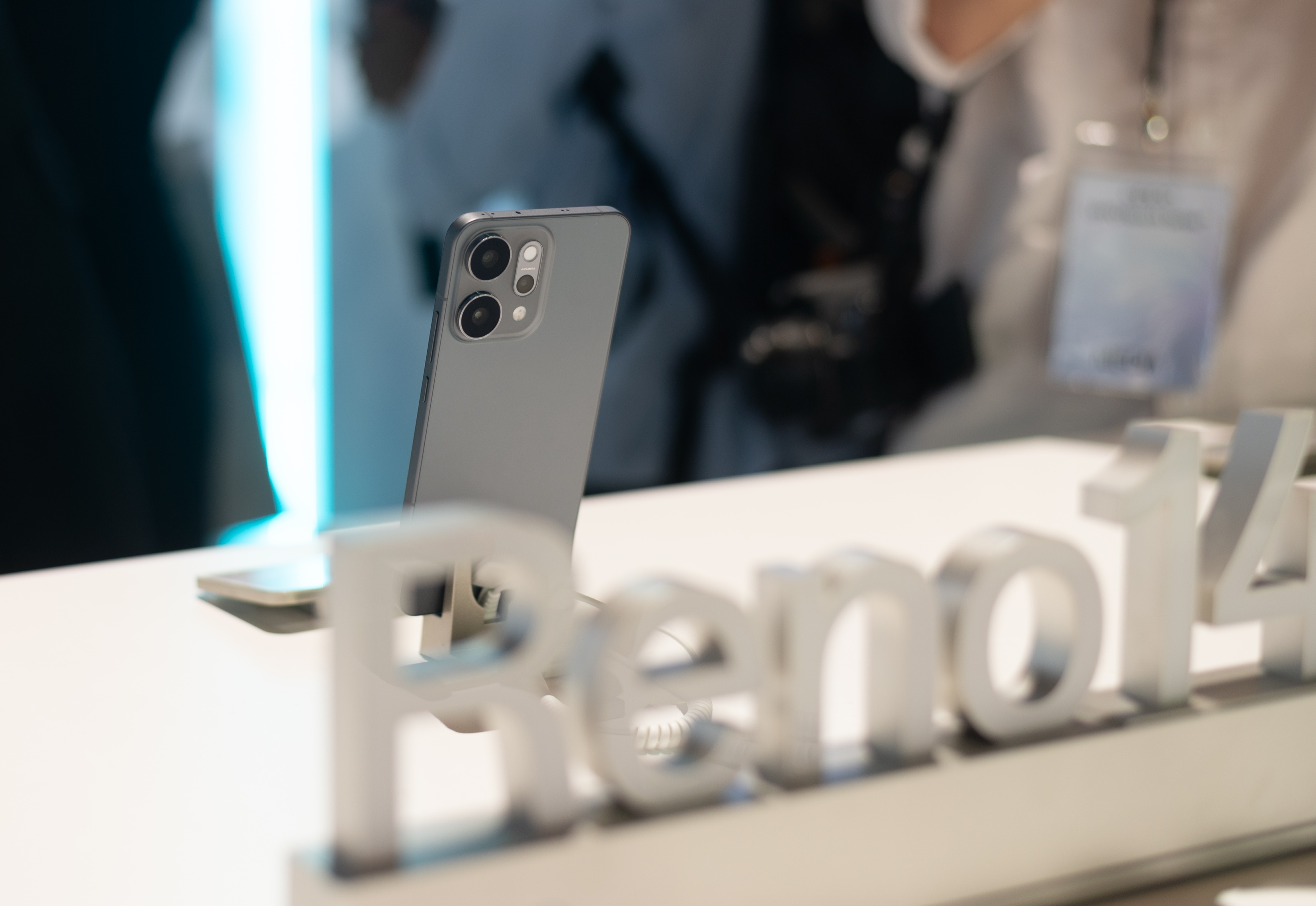 |
Without competing with configuration or low price, Oppo still lives well in Vietnam. |
After the investment process, Xiaomi is now ranked second in Vietnam after Samsung. Meanwhile, many companies that joined before this company, using price to compete, soon "went out of business" and could not sustain.
Oppo is also an example of an effective investment strategy. Since its inception, this company has never used low configuration or low price to compete. After many years, they have a loyal customer base, built brand reputation, and maintained a stable market share in Vietnam.
“The lack of proper communication makes the recognition of new brands very low, making users hesitant, thinking that they are hand-carried goods. They also do not create initial trust with ordinary users, who buy a lot in the mid-range segment. Dealers also find it difficult to boost sales because the brands do not provide much support,” Ms. Tam Hoang added.
Sharing the same view, Mr. HL, a communications expert with many years of experience in the mobile retail sector, said that the Vietnamese market is very competitive despite the fact that there are not many brands. New brands entering the market can create a short-term effect, but it is difficult to maintain when sales do not meet expectations.
“They have to invest heavily, seriously and make a difference, if they want to get in. Samsung, Oppo, Samsung and Apple are very strong now. Not doing so will only waste capital and time,” Mr. HL expressed his opinion.
Meanwhile, Mr. Phan Nhu Thanh said that new manufacturers are relatively cautious in the beginning to explore the market and optimize costs. “If the response is good and the product is attractive, they will consider expanding their scale. For long-term growth, systematic investment in communication is a must,” Mr. Thanh said.
Source: https://znews.vn/qua-thoi-nguoi-viet-mua-dien-thoai-chi-nhin-cau-hinh-chon-gia-re-post1571571.html


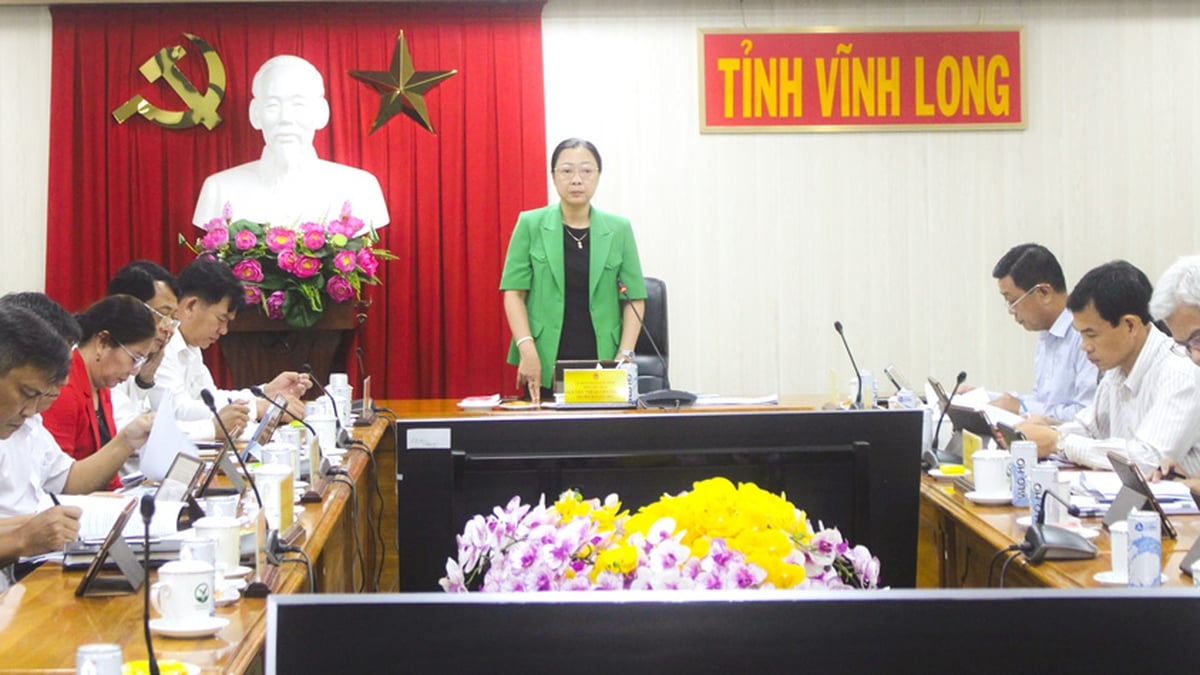




















































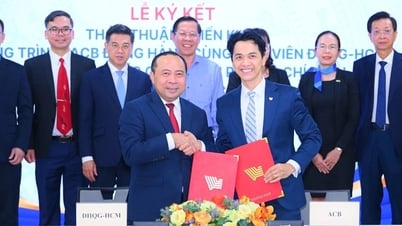
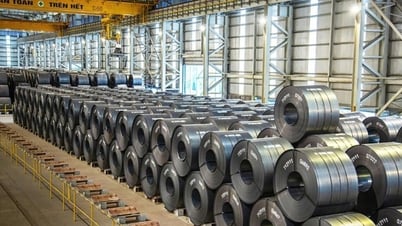

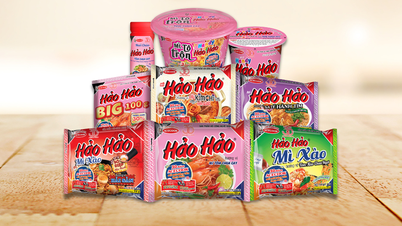








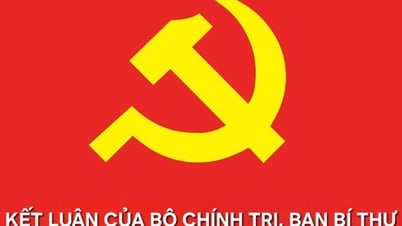

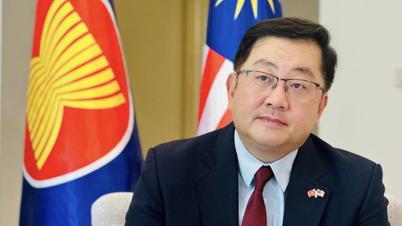





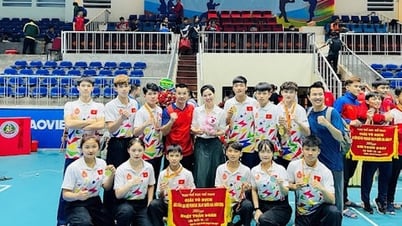























Comment (0)